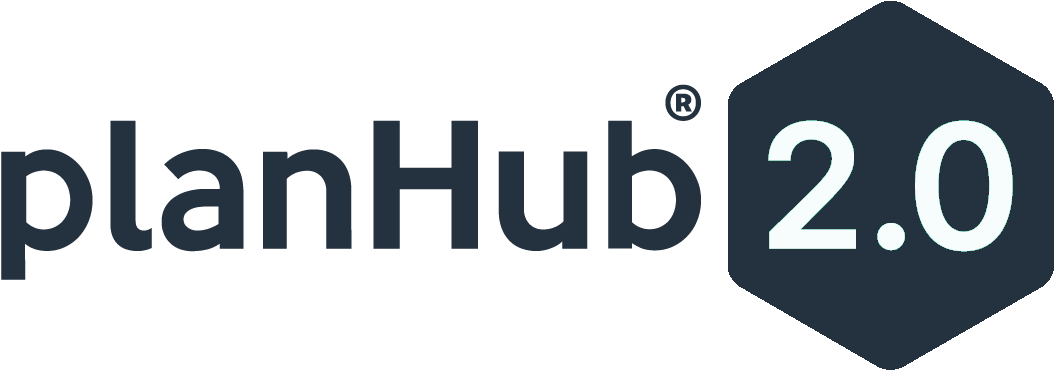Lean construction methods were born out of processes used in the Toyota manufacturing facilities after World War II. The principles and techniques have been modified to meet the needs of construction project teams with great success. Projects using lean construction principles show improved quality, lower costs, and shorter schedules.
What is lean construction?
Lean construction is a team-oriented, collaborative approach to completing a construction project. It can be used successfully on projects of any type and size.
While not considered a construction business model, lean construction is a production management system that helps teams eliminate waste and deliver greater value to their clients. It started in manufacturing, with its birth in the Toyota Production System used in Toyota automotive manufacturing facilities after World War II. Only in the past few years has its success in construction been publicized.
Why lean construction is important?
Lean construction is important for several reasons, as it brings about a fundamental shift in the way construction projects are planned, executed, and managed. Here are some key reasons why lean construction is considered important:
- Minimization of Waste: Lean construction focuses on identifying and eliminating waste in all forms, including time, materials, and resources. By minimizing waste, projects become more efficient, costs are reduced, and overall productivity is increased.
- Improved Project Efficiency: Lean principles, such as value stream mapping and continuous improvement, contribute to streamlining the construction process. This leads to improved workflow, reduced lead times, and increased efficiency in project delivery.
- Enhanced Project Predictability: Lean construction emphasizes collaborative planning, pull planning, and reliable workflows. This helps in creating a more predictable project environment, reducing the likelihood of delays and unexpected disruptions.
- Increased Client Value: Lean construction is centered around delivering value to the client. By focusing on what the client truly values, resources are allocated more effectively, and the end result better aligns with the client’s expectations.
- Better Collaboration and Communication: Lean construction promotes a culture of collaboration and open communication among all project stakeholders, including designers, contractors, and suppliers. This leads to improved coordination, reduced misunderstandings, and faster problem resolution.
- Empowerment of Frontline Workers: Lean principles encourage the empowerment of frontline workers by involving them in decision-making and problem-solving processes. This not only boosts morale but also taps into the valuable insights and expertise of those directly involved in the construction process.
- Reduction of Rework: By focusing on quality and continuous improvement, lean construction aims to reduce errors and defects in the construction process. This, in turn, minimizes the need for rework, saving both time and resources.
- Adaptability to Change: Lean construction embraces the concept of continuous improvement and is adaptable to changes in project requirements. This flexibility allows for a more responsive and dynamic approach to construction projects.
- Increased Sustainability: Lean construction often aligns with sustainability goals by promoting efficient resource use, waste reduction, and environmentally conscious practices. This is increasingly important in the construction industry as sustainability becomes a key consideration.
- Competitive Advantage: Organizations that adopt lean construction principles can gain a competitive advantage. The ability to deliver projects more efficiently, with higher quality and client satisfaction, positions these organizations favorably in the market.
Principals of lean construction
Not sure all the principles of lean manufacturing translate into the construction industry. In construction, every project is different and there are a number of environmental factors that can affect the outcome of a project. Manufacturing is a more controlled environment where the output is usually the same over time.
Some of the principles that do work in construction projects include identifying the owner’s values, eliminating waste, continuous planning, and improved communication.
Identifying owner’s value
Early in the project, the design team and contractors meet with the project owner to learn about the owner’s overall values and their needs and wants for the current project. These values, needs, and wants become the guiding principles for the project. All decisions are viewed through the owner’s eyes.
Contractors are brought on as early as possible so they can understand the owner’s perspective before design begins. The design team and the general contractor team collaborate to provide a quality design for the owner’s project.
Eliminating waste
On a construction project, waste can take many forms. It can include overproduction, unused inventory, construction defects, and the underutilizing or misusing of labor. Waste can lead to longer production times, lower profits, and lower quality projects. Any construction or design activities that don’t directly serve the owner’s values are seen as waste and are eliminated as much as possible.
Continuous planning
The construction team works together collaboratively to develop a project schedule that works for everyone. Team members are encouraged to think of new ways to perform their work to reduce waste and improve quality. The schedule is updated weekly with the input from all team members, and they work together to overcome obstacles to completion.
Improved communication
Communication can be difficult on large projects. The use of construction technology can help bridge the gap between meetings and between contractors. Project management software from PlanHub can be used to effectively communicate with team members and provide instant access to documents, drawings, and other information teams need to complete their work. Communication flows freely between team members, making the flow of information smoother and more efficient.
Benefits of lean construction
Lean construction offers a range of benefits that contribute to improved project outcomes and overall efficiency in the construction industry. Here are some key benefits:
Achieve customer’s values
When all project team members are involved in the project from design to completion, all decisions are filtered through the lens of the customer’s values. Team members work together to ensure that the owner’s needs are met throughout the process.
Improved quality
With a focus on waste prevention, including construction defects, the result is improved quality of work. Subcontractors can focus on providing quality work when they are less worried about other issues, like schedule and costs.
Lower costs
Project teams can save money through less wasted work, defects, last-minute design changes, and construction delays. Using tools like BIM software and collaborative design can also help reduce costs.
Shorter schedule
Working together from the beginning allows teams to find new ways to work together and expedite production. Contractors can use pull planning, just-in-time deliveries, and thorough task planning and scheduling to reduce the time the project will take.
How to implement lean construction
There are a variety of tools teams can use to help implement lean construction principles to elevate construction business management.
Pull planning
Pull planning takes a traditional project scheduling process and makes it collaborative. It’s based on five key processes: collaborative programming, making ready, production planning, production management, and continuous improvement. Pull planning can be used to optimize the project schedule and save everyone time and money.
Just-in-time deliveries
Once the project schedule has been optimized, contractors can order materials on a just-in-time basis. This prevents stockpiling, saving time moving materials around the jobsite and making production more efficient.
BIM
Building information modeling (BIM) software allows the project team to build the project virtually before a shovel hits dirt. The software highlights problem areas and inconsistencies in the design, so the project team can address them proactively in the virtual world, where changes are much less expensive.
Prefabrication
This lean construction practice can significantly reduce the time required on-site to complete a project. Multiple scopes of work can be completed at the same time and be brought to the site for final assembly and connection. This method can be extremely beneficial on tight sites where there isn’t a lot of extra space for production and material storage.
Conclusion
Project teams that focus on the principles of lean construction will find their projects run smoother, have less conflicts, take less time, and that their customers are happy with the results. While implementing lean construction process principles isn’t complicated, it does take a mind shift to make the process work. Having the right contractors and subcontractors on your team, along with stellar general contractor software, is the key to a great project. If you are a GC having trouble finding good subcontractors, PlanHub can help.




